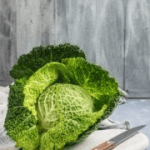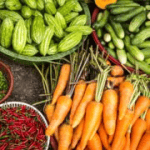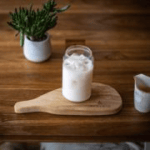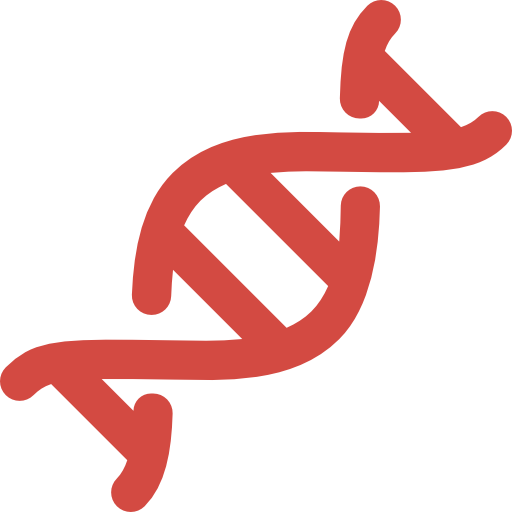Let’s learn how to Go Pro (as in Probiotics). Throughout history, fermented foods have provided probiotic bacteria in the diet. All traditional cultures fermented their foods and lived in and with nature. This created an amazing diversity of gut microbes.
WHAT IS FERMENTED FOOD?
Food fermentation dates back more than seven thousand years to wine making in the Middle East. In the United States we are familiar with sauerkraut (fermented cabbage) and yogurt (fermented milk product). Korean-Americans probably have a jar of kimchi in their fridge. We are realizing the amazing health benefits of these microbial foods. CLICK HERE to read my previous blog about Psychobiotics: The Future of Mental Health ( the link between microbes and our mental health).

WHAT IS FERMENTATION?
Fermentation is the metabolic process of converting carbohydrates, typically sugars, into other molecules – either alcohols and carbon dioxide or organic acids. The chemical conversion process needs yeast, bacteria (or both) and it takes place in the absence of oxygen. Fermented foods contribute a diverse array of microorganisms to the existing gut microbiota and thus have the potential to affect health.
NOT ALL FERMENTED FOODS ARE THE SAME
While all fermented foods are necessarily made with microorganisms, some products are subsequently processed by heat or filtration. These steps are done to extend shelf-life and make the products shelf-stable, but they also inactivate or remove the organisms. Thus, fermented vegetables, like sauerkraut or pickles packaged in jars and stored at room temperature will not contain live cultures. For other fermented products, like sour dough bread, the organisms do not survive the baking process. Unfortunately, it’s not always easy for consumers to know which products actually contain live bacteria. Still, there are plenty of fermented foods with live cultures, but discerning consumers need to look carefully at the labels.

WHAT ARE DIETARY SOURCES OF PROBIOTICS?
Here is how to Go Pro (as in Probiotics). Probiotics can be found in:
Yogurt – milk that has been fermented by friendly bacteria, mainly lactic acid bacteria and bifidobacteria.

Kefir – fermented probiotic milk drink. It is made by adding kefir grains to cow’s or goat’s milk.
Sauerkraut – finely shredded cabbage that has been fermented by lactic acid bacteria.
Tempeh – fermented soybean product. It forms a firm patty whose flavor is described as nutty, earthy or similar to a mushroom.
Kimchi – contains the lactic acid bacteria Lactobacillus kimchii, as well as other lactic acid bacteria that may benefit digestive health
Kombucha – is a fermented black or green tea drink.
Pickles – cucumbers that have been pickled in a solution of salt and water.
You might also want to supplement with a probiotic supplement to help increase the number of beneficial bacteria that reside in your gut. CLICK HERE for the one I use and recommend.




























